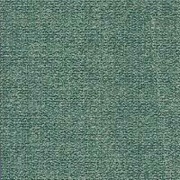Brunswick green
Jump to navigation
Jump to search
Description
A green pigment originally composed of basic copper chloride (Atacamite). Brunswick green was developed in 1795 by the Brunswick brothers. The pigment was made by placing Copper filings in an Ammonium chloride solution, then collecting the precipitate formed at the end of one week. By the 19th century, Brunswick green was prepared by mixing Prussian blue and Chrome yellow. This mixture is more commonly called chrome green. it is a fairly permanent color that has good covering power.
Synonyms and Related Terms
chrome green; Prussian green; verde di Brunswick (It.)
Risks
Discolored by hydrogen sulfide and alkalis.
Resources and Citations
- Ralph Mayer, A Dictionary of Art Terms and Techniques, Harper and Row Publishers, New York, 1969 (also 1945 printing)
- R.D. Harley, Artists' Pigments c. 1600-1835, Butterworth Scientific, London, 1982
- Art and Architecture Thesaurus Online, http://www.getty.edu/research/tools/vocabulary/aat/, J. Paul Getty Trust, Los Angeles, 2000
- David Scott, 'Copper Compounds in Metals and Colorants: Oxides and Hydroxides', Studies in Conservation, 42, 93-100, 1997 Comment: method of production
- Artists' Pigments: A Handbook of their History and Characteristics, Elisabeth West FitzHugh, Oxford University Press, Oxford, Vol. 3, 1997 Comment: B.Berrie, "Prussian Blue"
- Thomas Gregory, The Condensed Chemical Dictionary, Reinhold Publishing, New York, 3rd ed., 1942
